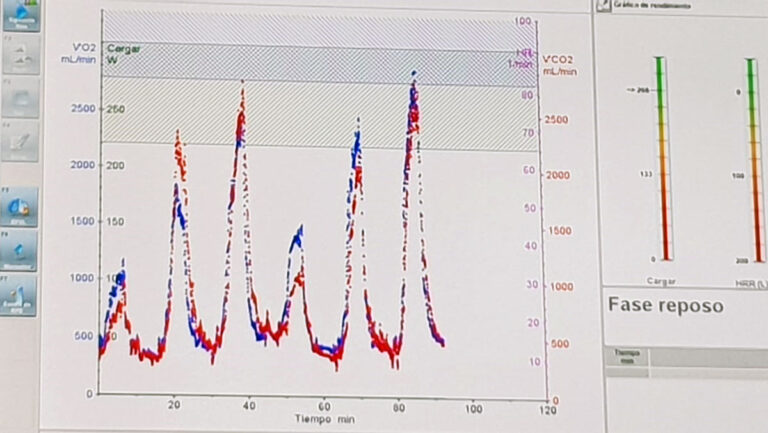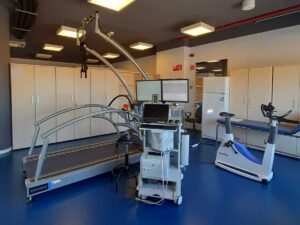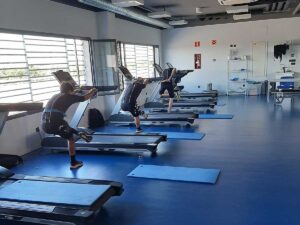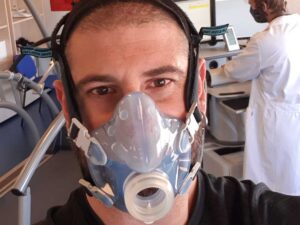Metabolic inflexibility is characterized by the inability to use the appropriate energy substrates in each environmental situation. The body produces energy through two different metabolisms.
- On the one hand, we find energy production whose main substrate is carbohydrate, which is found in cereals such as pasta or rice.
- On the other hand, the other energy production mechanism uses lipids as an energy substrate.
It is known that the intensity of the exercise performed demands the oxidation of one substrate over the other; however, we can never say that an exercise totally depends on one type of substrate or another, since the two mechanisms work together with a greater predominance of one over the other. In summary:
“An exercise does not only oxidize lipids or only carbohydrates.”
Once this is known, metabolic inflexibility occurs when the energy production mechanisms that are involved at all times do not predominate. This translates above all into a predominance of carbohydrate oxidation in the face of any stimulus, so fat oxidation is practically nil in any situation.
If, for example, when we climb the stairs, pick up the groceries or walk, carbohydrate oxidation predominates, the fat oxidation that would occur would be in very low quantity, and would trigger a greater accumulation of it.
For this reason, it is interesting to know the oxidation of nutrients at different intensities and to check whether EMS can activate lipid oxidation. To find out, we decided to carry out a study where we compared the effect of 6 different frequencies (1 Hz, 2 Hz, 4 Hz, 6 Hz, 8 Hz and 10 Hz) on nutrient oxidation (6, 7).
Nutrient Oxidation Study: Planning and Testing
To carry out this project we had two visits from the participants in which two different tests were carried out.
- First, resting nutrient oxidation analysis was performed for each participant.
- Second, nutrient oxidation during exercise was analyzed.
The process that was carried out during this study is described in previous entries.
Next, we present the results found.
Nutrient oxidation test results at rest and during exercise
Before starting with the analysis of nutrient oxidation we must clarify two ideas:
- The first is that increased fat oxidation does not equate to reduced body weight.
On many occasions, having a higher concentration of fatty acids in the blood causes greater oxidation, but they are not directly proportional relationships. Although it is true that if we increase our fat oxidation every day, in the long run our adipose tissue will be reduced.
- The second involves the time of the test.
The application time of WB-EMS ranged between 4-6 minutes, so we cannot conclude with such a short exercise time that the observed effects are directly due to electrostimulation.
That said, the data is really interesting.
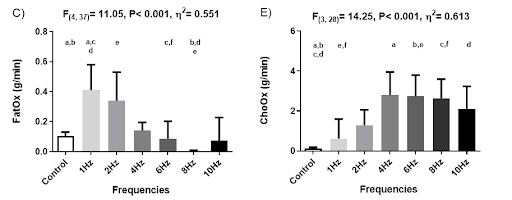
In this case, in graph 3 we have the grams/minute that are oxidized of fat and carbohydrates at rest. It should be noted that, as we had hypothesized, fat oxidation is reduced as the frequency and oxidation of carbohydrates increases. However, it is curious that at both 1 Hz and 2 Hz fat oxidation is greater at rest.
Therefore, as was the case with the study of electrostimulation and energy expenditure, in Figure 4 we can see that nutrient oxidation dissipates in people who start exercising.

Conclusion
Electrical frequency is a variable that determines the effect of EMS. In the project carried out in the Wiems Lab, we were able to verify that depending on the selected frequency, the physiological response will be one or the other. In both cases, we see that WB-EMS has a nutrient oxidizing effect in healthy young men at rest, but not during exercise.
It would be very interesting to see what happens when the electrical stimulus lasts longer and other higher frequencies are used. In conclusion, global whole-body electrostimulation is an effective tool to enhance the oxidation of energy substrates during rest.
Unai Adrian Perez de Arrilucea
Wiems Lab Team
References
7. Abbas AK, Lichtman AH, Pillai S. Inmunología celular y molecular: Elsevier; 2015.

